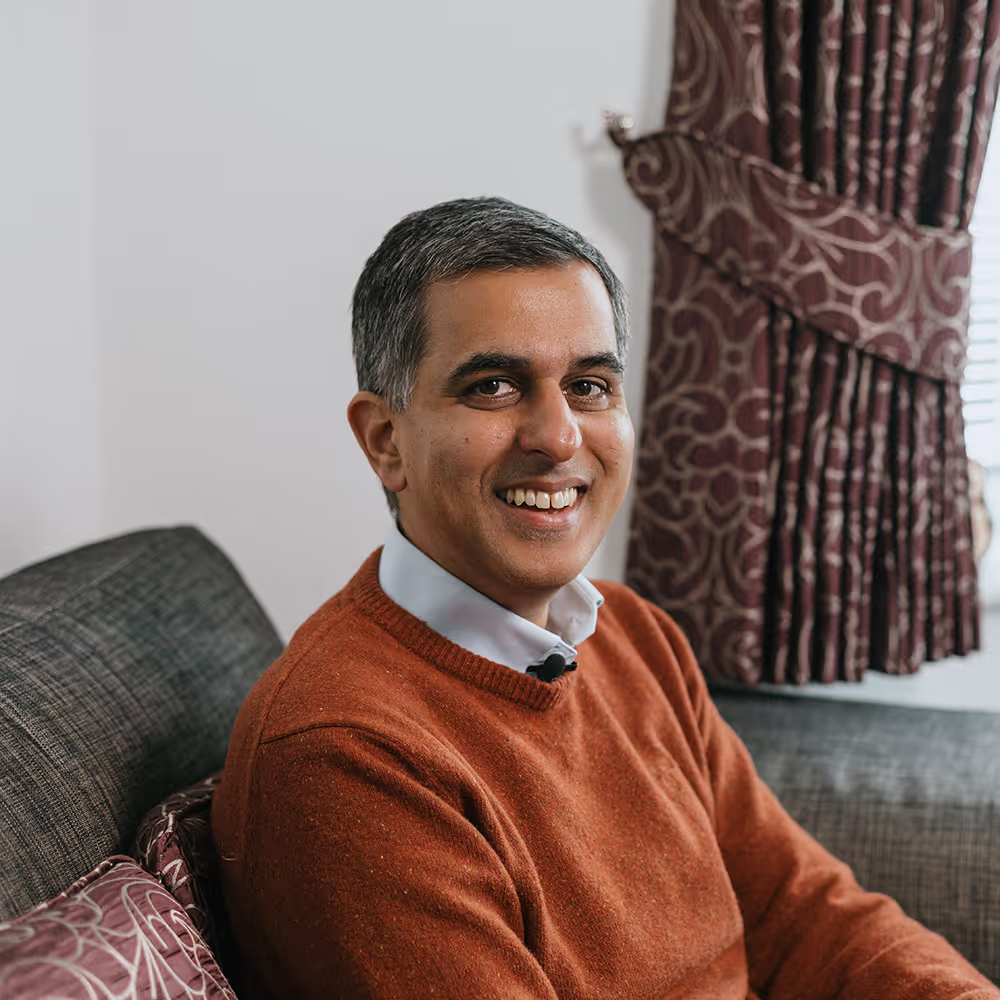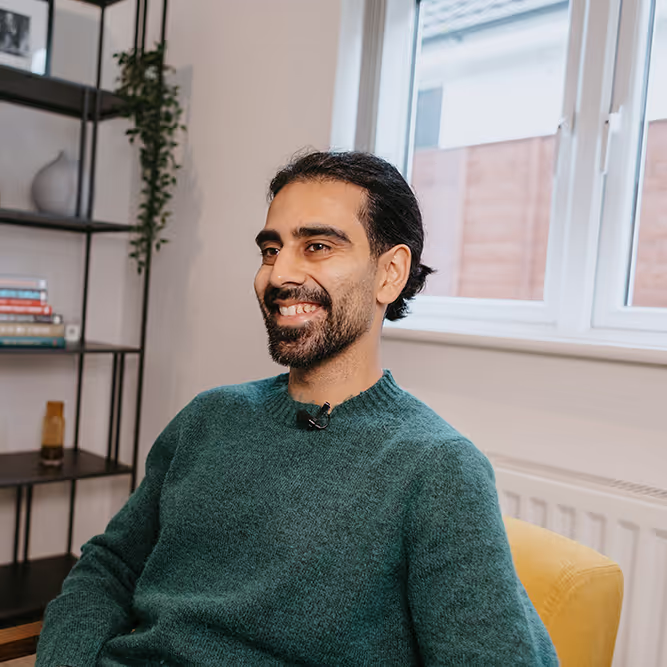join the register
We're proud to partner with DKMS, a global bone marrow donor centre and charity. If you're aged 16-55, you can join their stem cell register. Simply complete the form linked below to request your swab kit.


What is a stem cell transplant?
A stem cell transplant is a life-saving procedure that replaces damaged or diseased bone marrow with healthy stem cells. This treatment is often the best hope for patients battling conditions like leukemia, lymphoma, and other blood disorders. Healthy stem cells, donated by someone like you, can rebuild a patient’s immune system and give them a second chance at life.
Every year, thousands of people are diagnosed with diseases that require a stem cell transplant, and many of them rely on the generosity of strangers to find a match. By becoming a donor, you could be the one to save a life.
step 1: Join the Register
Step 2: Wait to be matched
Step 3: Undergo additional testing
Step 4: Donation
- Peripheral Blood Stem Cell Donation (PBSC): The most common method, this involvesreceiving medication to increase stem cell production. Then, blood is drawn,stem cells are separated, and the rest of your blood is returned to you.
- Bone Marrow Donation: In some cases, stem cells are collected directly from the pelvic boneunder anesthesia. This method is less common but equally critical.
Baljeet's Story
Before learning about the Jaskomal Foundation, Baljeet knew very little about stem cell donation. However, after experiencing the impact of blood cancer within his own family, he became deeply moved by the foundation’s work to educate and raise awareness.
He thought of other families who, like his own, were affected by this devastating disease and empathised with their desperation to find a match for a stem cell donation. The thought of someone being deprived of the chance to see their family grow or enjoy life motivated him to take action and become a donor.
The process of registering as a stem cell donor was straightforward and simple for Baljeet—just a quick swab of the inside of his cheek. Nearly ten years later, he received a call notifying him that he was a match.
Hear Baljeet’s full story in our documentary.




Taran's Story
Ten years ago, Taran joined the stem cell donor register through his Sikh temple, thinking it was a small act for a good cause. In 2018, he got a call—he was a perfect match. The donation process was swift, and he later learned his stem cells had given someone with blood cancer a second chance at life.
Receiving a heartfelt letter from the recipient was an emotional moment for Taran. He realised how vital it is to increase donor registrations, especially among underrepresented communities. His story is a reminder that one simple act can truly save a life.
Listen to Taran's story and others in our recent documentary.
Frequently Asked Questions
What is the age requirement to become a donor?
Most registries accept donors between the ages of 18 and 55, as younger donors provide better outcomes for patients.
Does donating hurt?
Discomfort varies depending on the donation method. PBSC feels similar to giving blood, while bone marrow donation may result in soreness for a few days.
Can I donate if I have a medical condition?
Some conditions may disqualify you, but don’t assume—always check with the registry to confirm eligibility.

Join the Register
Your decision to become a stem cell donor could save a life. It’s easy to sign up and takes just a few minutes to join the register. Start your journey today and give someone the chance to live a healthy, happy life.







